 THE MINERAL STELLERITE
THE MINERAL STELLERITE
- Chemistry: CaAl2Si7O18-7H2O, Hydrated calcium aluminum silicate
- Class: Silicates
- Subclass: Tektosilicates
- Group: Zeolites
- Uses: mineral specimen and chemical filter
Specimens
Like stilbite, stellerite crystals can aggregate together to form a structure resembling wheat sheafs. This hourglass structure looks like several crystals stacked parallel to each other with the tops and bottoms of this structure fanning out while the middle remains thin. More commonly stellerite is found in rounded radiating clusters or as single crystals. Stellerite and stilbite are almost identical is certain situations. Stellerite however appears more transparent and is usually uncolored.
Stellerite's structure has a typical zeolite openness about it that allows large ions and molecules to reside and actually move around inside the overall framework. The structure contains open channels that allow water and large ions to travel into and out of the crystal structure. The size of these channels controls the size of the molecules or ions and therefore a zeolite like stellerite can act as a chemical sieve. Stellerite's structure contains rings of alumino-silicate tetrahedrons oriented in one direction and this produces the prominant pinacoid faces, the perfect cleavage and the unique luster on those faces.
Stellerite can form nice crystals inside geodes (the petrified bubbles called vesicles) of volcanic rocks that have undergone a small amount of metamorphism.
PHYSICAL CHARACTERISTICS:
- Color is colorless or white and rarely tinted pink, yellow or brown.
- Luster is vitreous to pearly especially on the prominant pinacoid and cleavage surfaces.
- Transparency: crystals are transparent to less commonly translucent.
- Crystal System is monoclinic; 2/m
- Crystal Habits include radiating nodules and platy often thin crystals that can aggregate together into a wheat sheaflike structure. The prominant pinacoid is sometimes but rarely modified by other pinacoid and prism faces.
- Cleavage is perfect in one direction parallel to the prominant pinacoid.
- Fracture is uneven.
- Hardness is 3.5.
- Specific Gravity is approximately 2.2 (very light)
- Streak is white.
- Associated Minerals are quartz, calcite, apophyllite, babingtonite, heulandite, stilbite, natrolite and other zeolites.
- Notable Occurrences include Poona, India; New Jersey and Nova Scotia.
- Best Field Indicators are crystal habit, luster, density and associations.
 Amethyst Galleries' Mineral Gallery MINERALS |
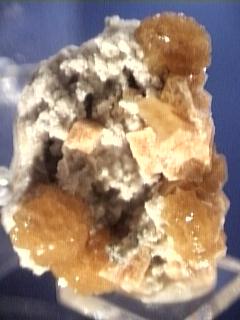
$ 75.00

ste-1 ($ 75.00)
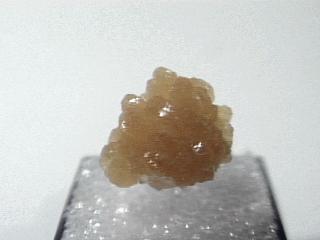
$ 21.00

ste-2 ($ 21.00)
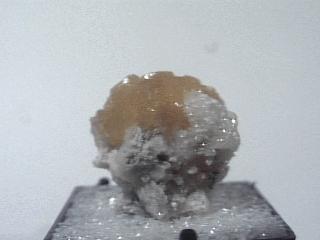
$ 30.00

ste-4 ($ 30.00)
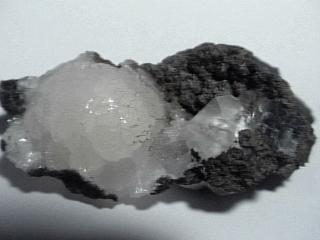
$ 40.00

ste-5 ($ 40.00)
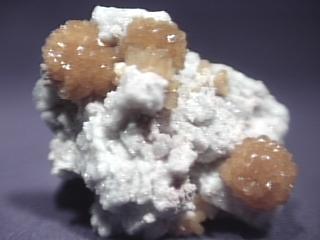
$ 55.00

ste-7 ($ 55.00)
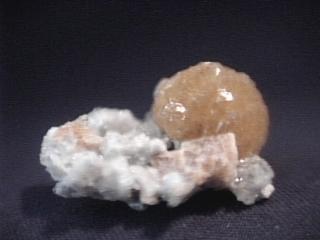
$ 65.00
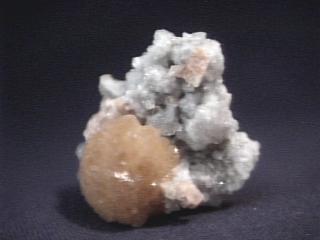

ste-8 ($ 65.00)
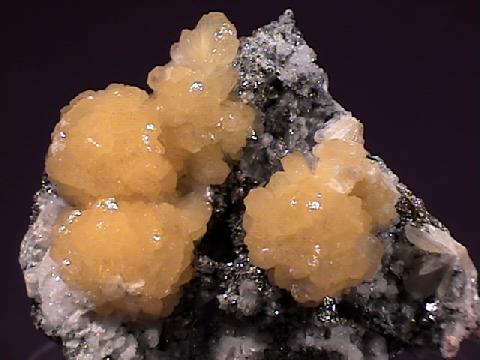
$ 70.00

ste-11 ($ 70.00)
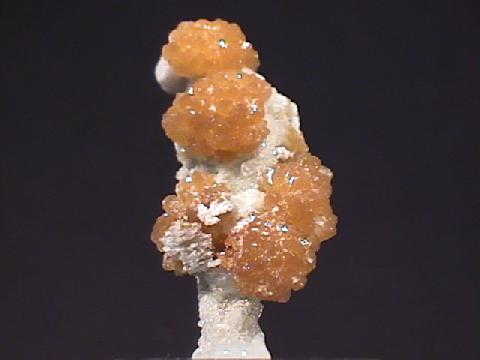
$ 80.00
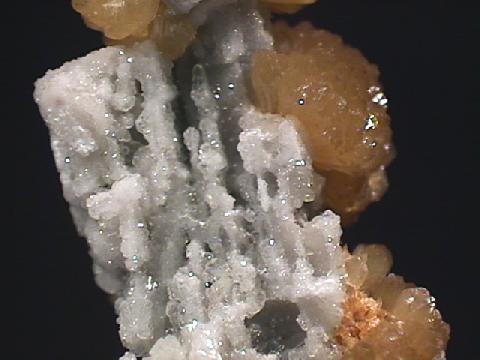

ste-12 ($ 80.00)
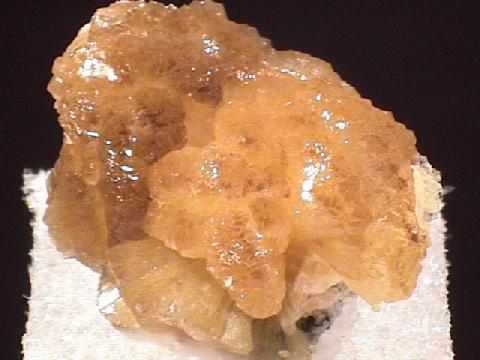
$ 30.00

ste-13 ($ 30.00)
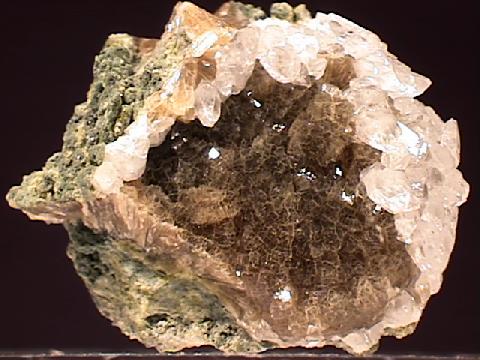
$ 30.00

ste-14 ($ 30.00)
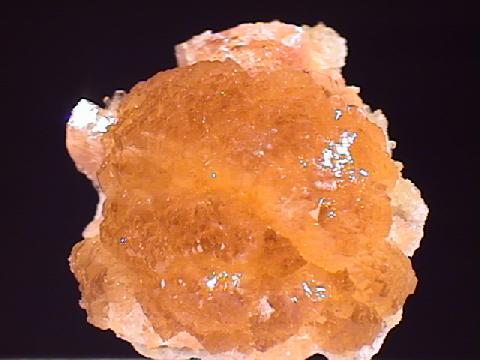
$ 30.00

ste-15 ($ 30.00)
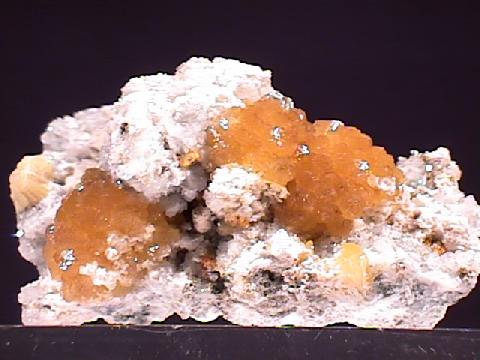
$ 40.00

ste-16 ($ 40.00)
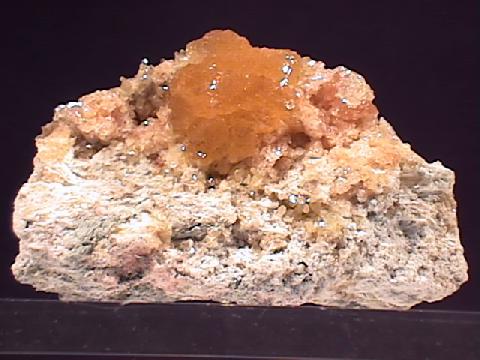
$ 30.00

ste-17 ($ 30.00)
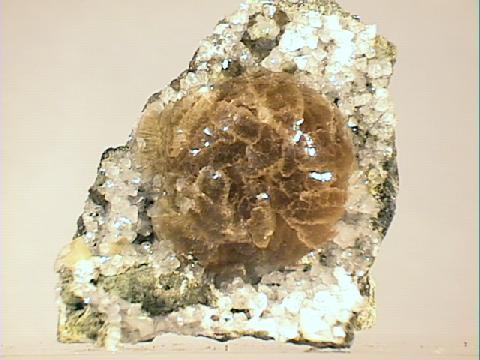
$ 50.00

ste-18 ($ 50.00)
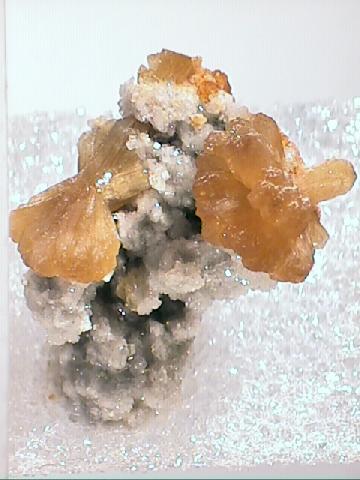
$ 25.00

ste-19 ($ 25.00)
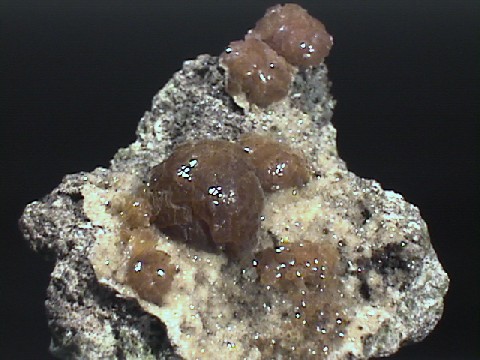
$ 52.00
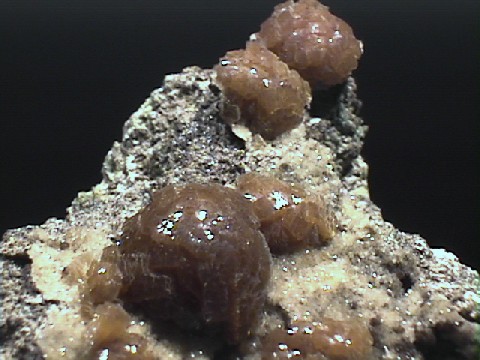

ste-20 ($ 52.00)
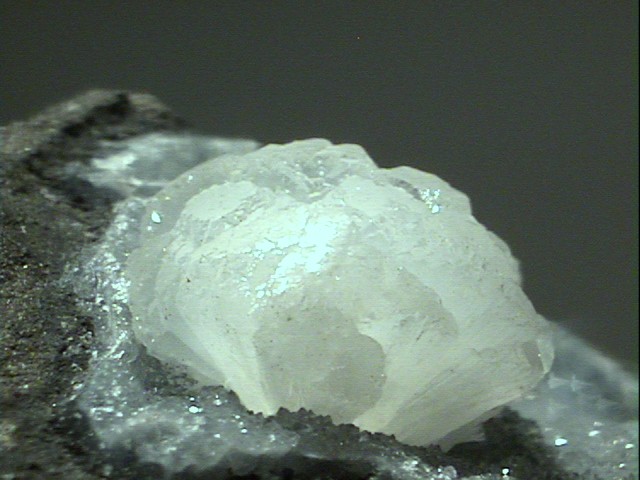
$ 50.00
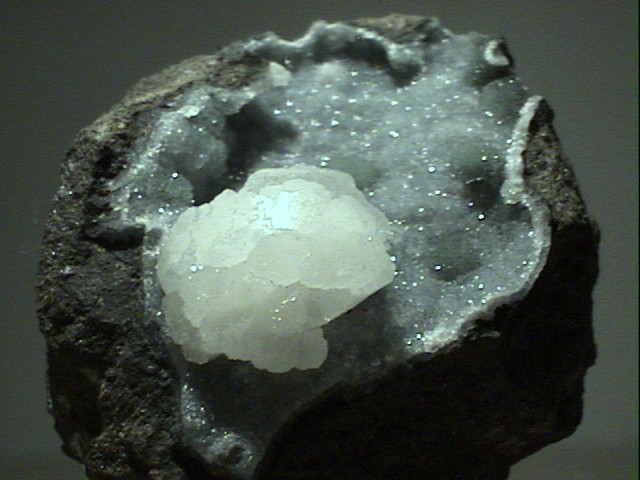

ste-21 ($ 50.00)
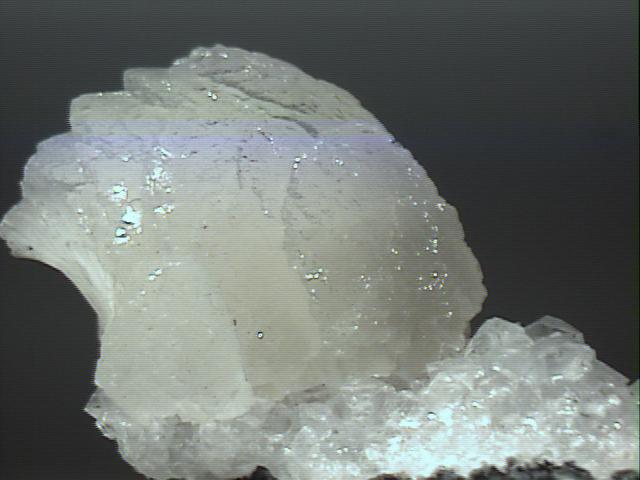
$ 45.00
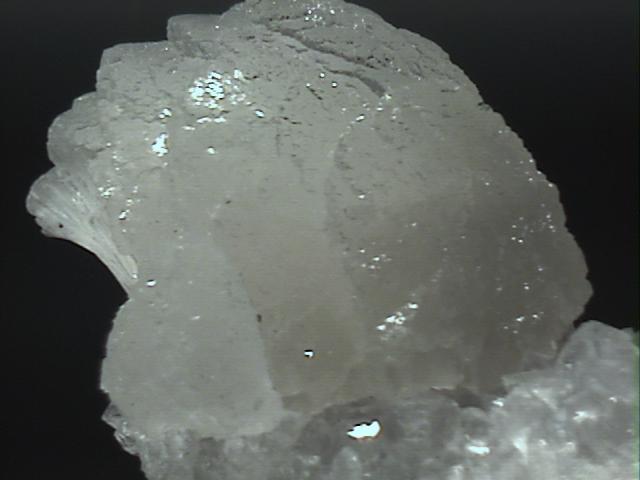

ste-22 ($ 45.00)
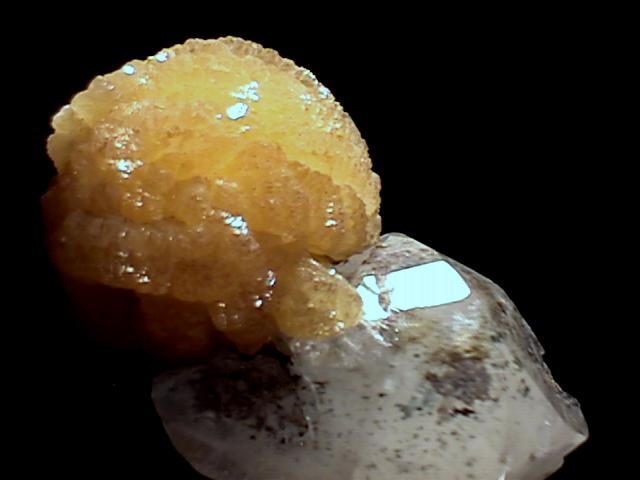
$ 40.00
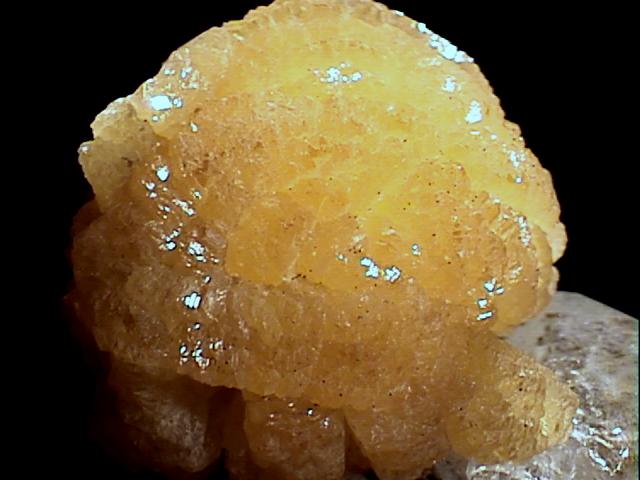

ste-23 ($ 40.00)